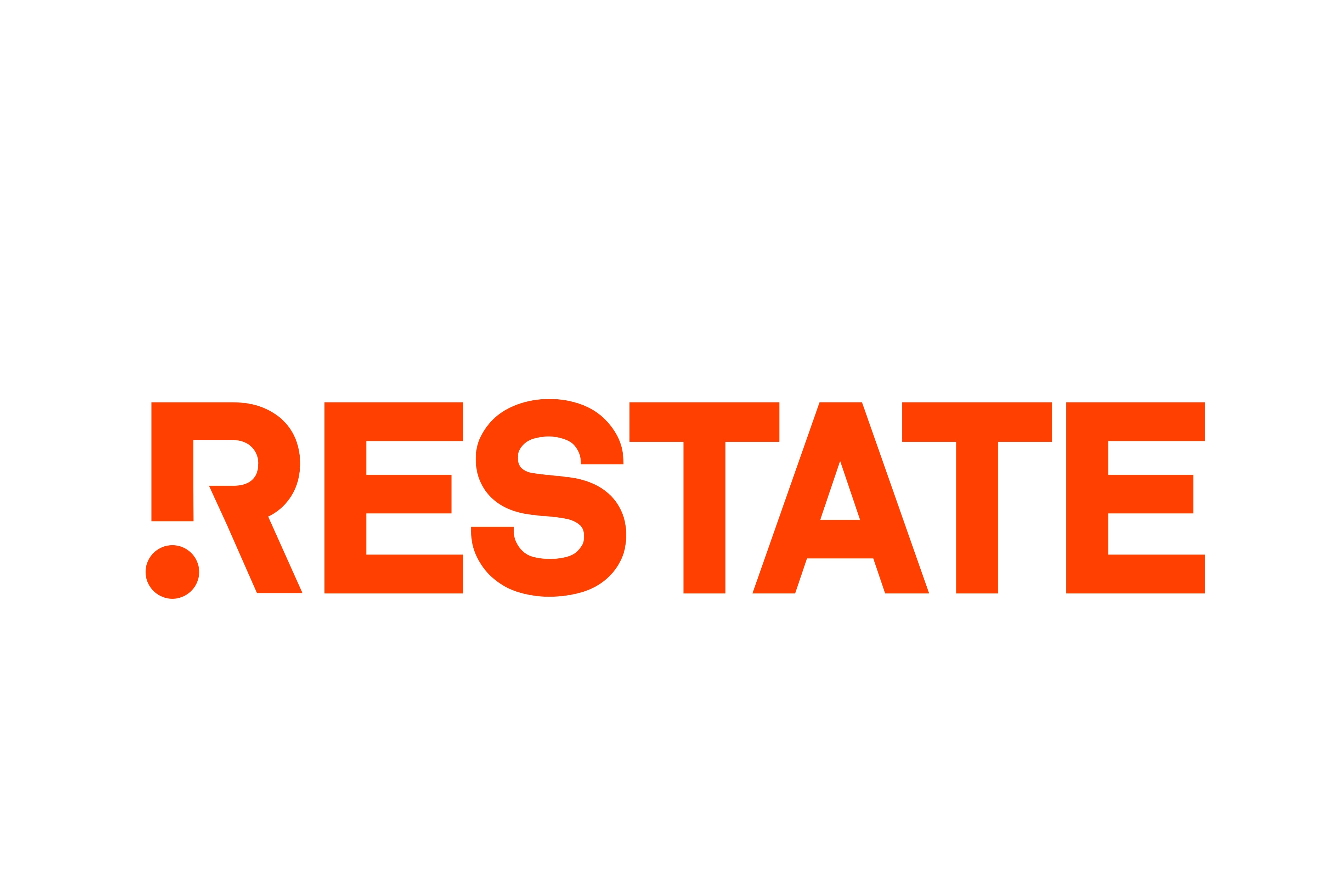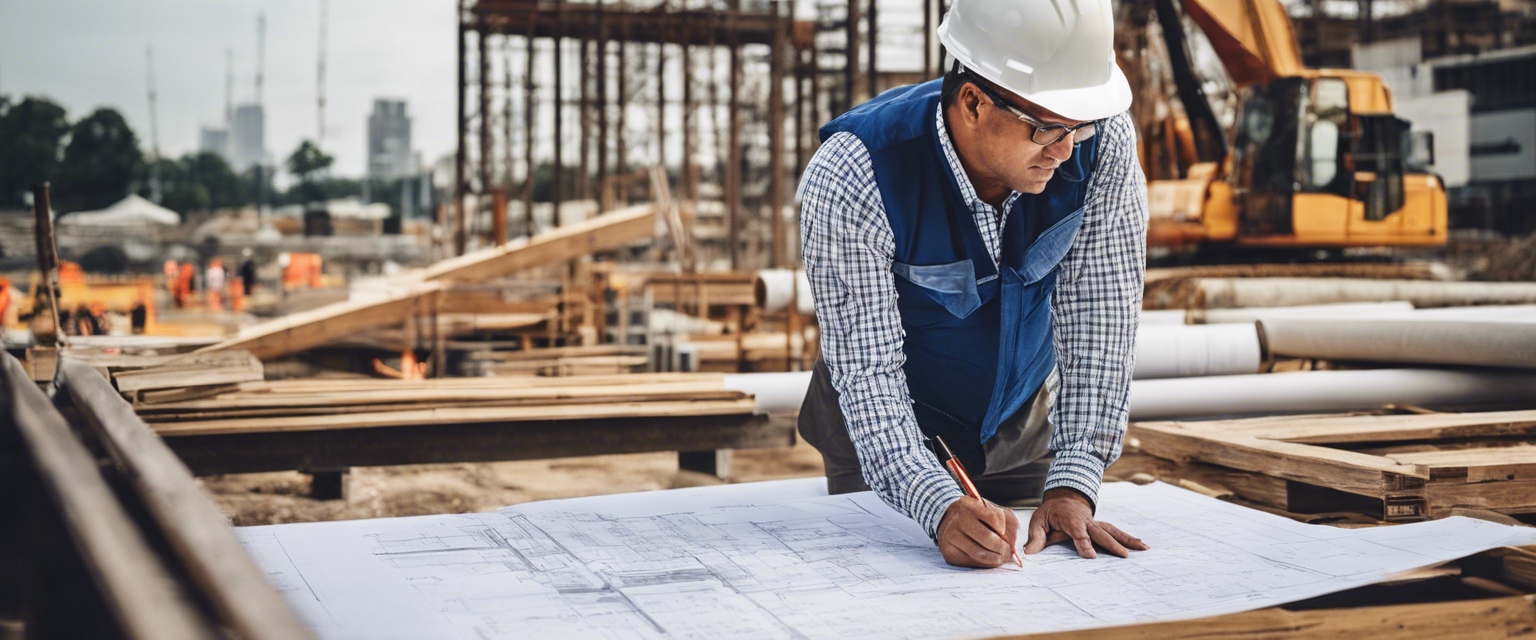5 trends shaping the future of construction and real estate
The construction and real estate sectors are experiencing a period of rapid transformation, driven by a combination of technological innovation, environmental concerns, and evolving consumer preferences. As a leading authority in the field, RESTATE PROPERTY ADVISORS OÜ is at the forefront of navigating these changes. In this post, we explore five key trends that are shaping the future of construction and real estate.
1. Sustainability and Green Building Practices
There is a growing demand for buildings constructed with sustainable materials that have a lower environmental impact. These materials are not only better for the planet but also offer long-term cost savings through improved energy efficiency and durability.
Developers and builders are increasingly integrating energy-efficient designs and renewable energy sources, such as solar panels and wind turbines, into their projects to reduce carbon footprints and operational costs.
Green building certifications like LEED, BREEAM, and WELL are becoming more prevalent, setting the standard for sustainable construction and offering a competitive edge in the market.
2. Technological Advancements
Building Information Modeling (BIM) technology is revolutionizing the way buildings are designed, constructed, and managed, enabling more precise planning and efficient project execution.
Smart technology is becoming standard in modern buildings, with systems that control lighting, heating, and security, enhancing comfort and reducing energy consumption.
The adoption of 3D printing and modular construction methods is speeding up construction times, reducing waste, and allowing for more complex designs.
3. Urbanization and Smart City Development
As urban populations grow, there is a trend towards increased density and vertical construction, making efficient use of limited space in urban areas.
Developments in urban areas are focusing on infrastructure and connectivity, integrating transportation, communication, and technology to create smart, efficient cities.
Public-private partnerships are becoming more common in urban development projects, combining resources and expertise to tackle large-scale infrastructure and real estate projects.
4. Changing Demographics and Lifestyle Preferences
The demand for flexible living spaces that can adapt to changing needs is on the rise, reflecting a shift in lifestyle preferences and work habits.
There is an increasing focus on creating developments that foster a sense of community, with shared spaces and amenities that encourage social interaction.
Health and wellness have become a priority for many, leading to the inclusion of amenities such as gyms, spas, and green spaces in residential and commercial developments.
5. Investment and Financing Innovations
Crowdfunding platforms are opening up new opportunities for investors to participate in real estate projects with smaller capital outlays.
Real Estate Investment Trusts (REITs) are evolving with blockchain technology, offering greater transparency and liquidity in real estate investments.
Developers and investors are exploring alternative financing models, such as peer-to-peer lending and green bonds, to fund sustainable and innovative projects.






Comments (0)